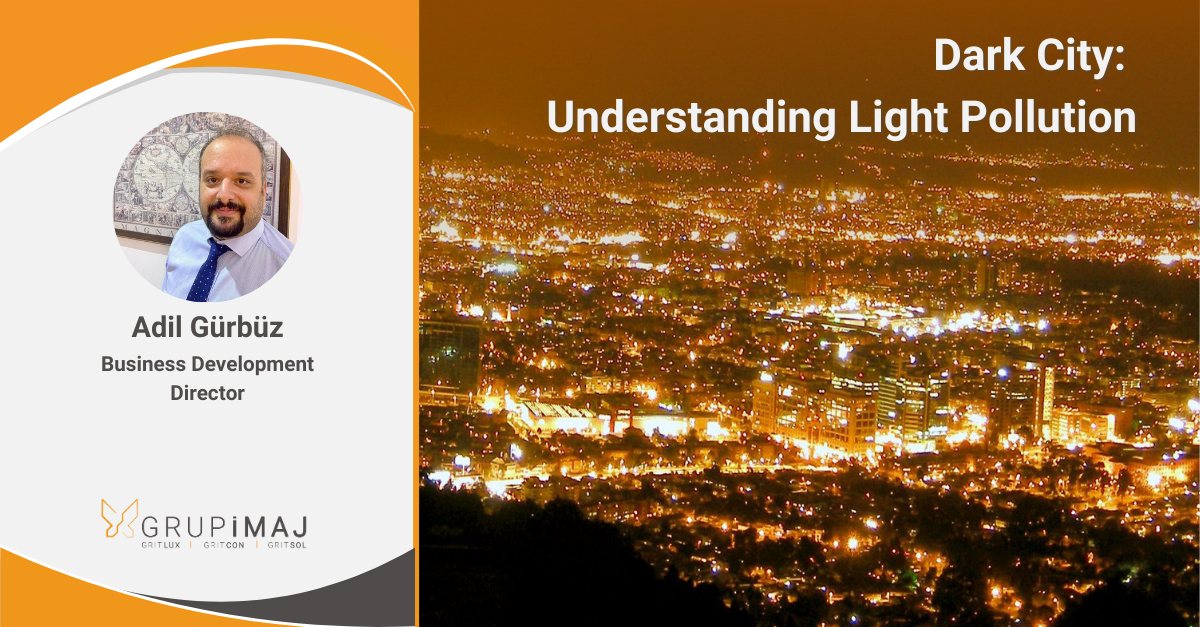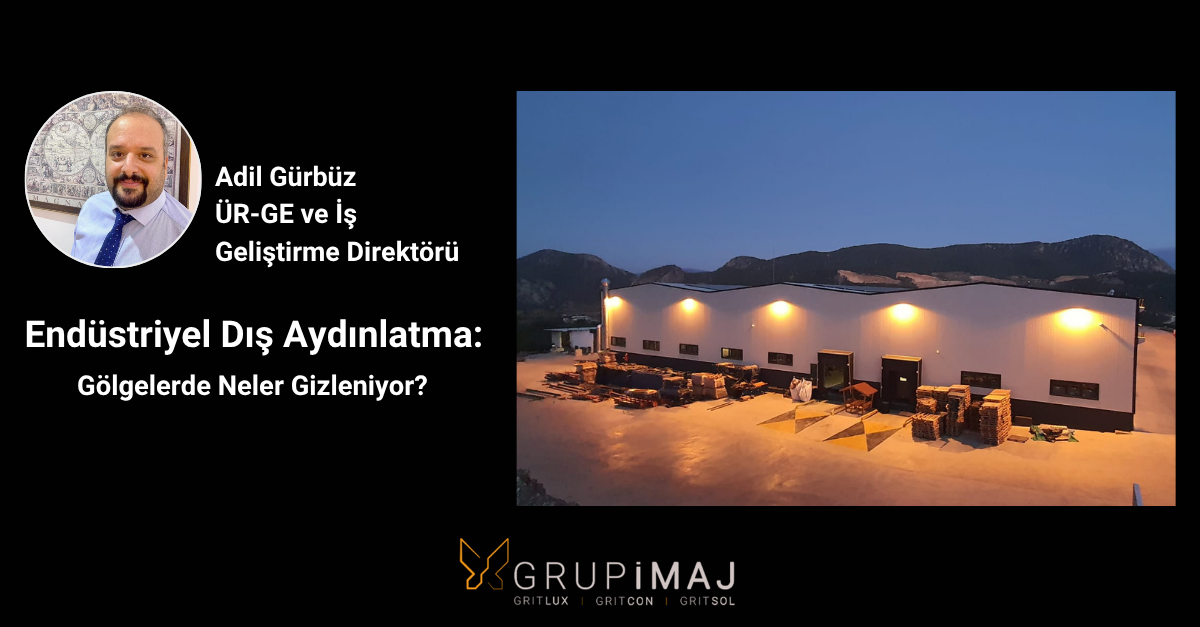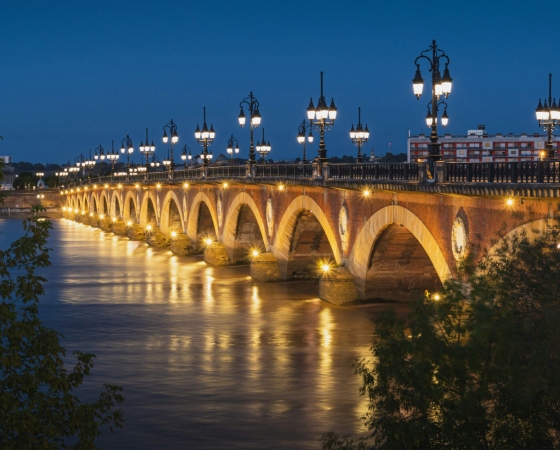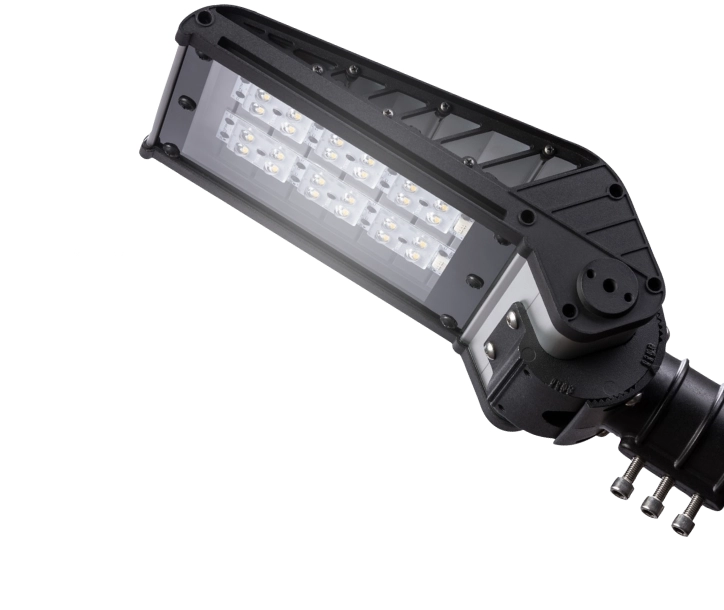Public Lighting is indispensable in cities as much for its functional aspects as for the added value it brings to the city ambiance and quality of life.
However, excessive and improper lighting not only wastes energy, it can be a source of light pollution leading to a range of negative effects on the natural environment.
In a reality where citizens often equate more light with more security, how can cities minimize the negative affects og light while still ensuring a comfortable and attractive urban environment?
Cities & Lighting takes a look the different aspects of light pollution in urban areas, its impacts on the environment and steps that cities are taking to tackle this complex issue

Understanding Light Pollution
The impact of too much artificial light on living creatures and the environment is complex and far-reaching. Fortunately, forward-thinking cities, lighting designers and urban planners are taking steps to tackle the problem and are moving towards a more careful use of light.
In recent years the urban lighting community has increasingly become aware of the harmful effects of excessive artificial light – whether it’s impacted sleep, fatal light attraction by migrating birds, or wasted energy. That said. much remains to be done, as light pollution has multiple facets with various origins and impacts.
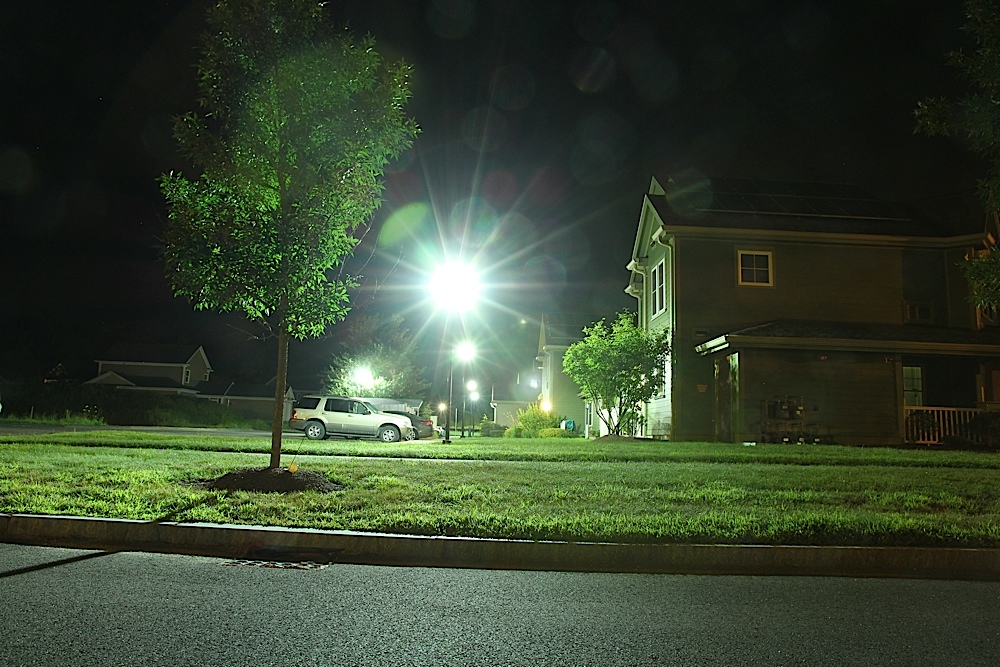
Decoding Light Pollution
Firstly, we need to find out the problem. The studies have identified three main elements of light pollution: sky glow, light trespass and glare.
Sky glow, she explains, refers to the brightening of the night sky in urban areas as a result of the reflection of scattered light on the constituents of the atmosphere, such as gas molecules, aerosols and particulate matter.
Meanwhile, “light trespass” is a common phenomenon in urban areas and refers to light intruding inside another person’s property or the space beyond which lighting is required.
And “glare” is another type of light intrusion a visual sensation where there is a feeling of discomfort, a decreased ability to recognize objects, or eye irritation.
Another term frequently used when talking about light pollution is “light clutter”. This describes a space which is covered with scattered luminaires which may not be effective and may cause over-lighting. Often this comes about as a result of many different and poorly coordinated light sources which have a chaotic visual impact.
And light pollution is not just about light. “There’s also an aspect of reflectance of materials” adds Zielinska. “The brighter the pavement, for example, the more light is reflected”. Street engineers, urban planners, landscape architects and lighting designers therefore have to consider the materials being used in their design and privilege the use fo non-reflective surfaces, finishes and paints, when possible, to minimize this aspect of light pollution.
These different aspects of light pollution lead to a variety of negative consequences. The most obvious of these is the decreased visibility of star-filled night skies. “The inappropriate use of artificial light at night can harm the nocturnal environment and robs us of the opportunity to experience the wonder of a natural night sky, something experienced by all of humanity until just a century ago.”
There are also consequences beyond this, as explains Dr Jari Lyytimaki, a senior researcher from the Finnish Environment Institute in Helsinki, “There are astronomical and ecological effects of excessive light, as well as effects on humans and society, in addition to nuisance effects. Light nuisance experienced by people can also be harmful. It can impact sleep. And another example of its effects is a potential hormone imbalance in humans and other mammals. There is the aesthetical issue too; improper lighting can make places look unsafe or ugly,” he says.
More and more research is indicating that artificial light cen disrupt the natural balance of ecosystems. The internal biological systems of all plants and animals include a self-sustaining biological clock – also known as the circadian clock – which is coordinated with the cycle of day and night and regulates key biological processes such as reproduction, growth, eating and sleeping.
Moreover, there is an economic side to all this: typically it means electricity is being used unnecessarily. This leads to other types of pollution – namely atmospheric pollution when electricity is produced from fossil fuels.
For me, what worries him most is the long-term impact on the natural world. “Species have evolved over millions of years in an environment with no artificial light. The rhythms of light and dark have been disrupted and this could have an evolutionary impact,” he says. “Research in thief eld has revealed that quite a small amount of light can have a big impact.”
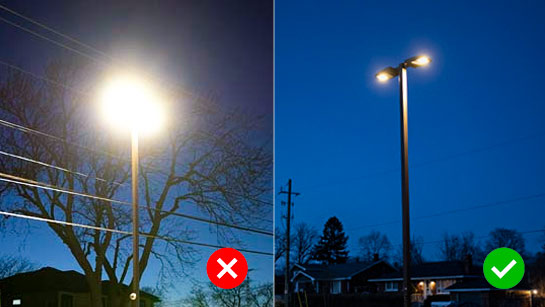
Taking Steps to Prevent Light Pollution
On a more positive note from me points out that the problem of light pollution is relatively easy to solve, when compared to pollution by heavy metals, for instance: “If you adopt new technologies, light pollution can be reduced,” “Bad lighting is often generally due to little awareness.”
That said, what is needed first and foremost are proper lighting strategies for cities – a comprehensive vision of external illumination of a city – in the form of urban lighting policies or a lighting master plan. This would include a programme for illuminating the city at bight and a detailed site analysis of the existing lighting conditions together with suggestions for improvement.
Lighting master plans can help avoid excessive light by listing key proposals for external illumination, permitted levels of luminance, approved types and heights of luminaries and colour temperature of the light source as well as the proposed intensity of illumination assigned to the specific parts of the city or district. They enable cities to ensure that light pollution is taken into account and prevented in every urban lighting project that is implemented.
The City of Paris, in France, is one of the municipalities taking such a comprehensive approach to addressing light pollution. As part of the city’s move to more sustainable lighting, new technologies such as motion-detecting LED lights are being tested. Lights are being directed more carefully towards the ground so that the light is not wasted in the sky.
New luminaires with dimming technology and motion detection sensors can scale down to %10 of their capacity when they sense no movement. Recent months have seen the creation of a test area in Paris to study the impact changing luminaires. This will take place over two years.
Annukka Larsen, a lighting designer working for the City of Jyvaskyla in Finland says that the use of dimming technology and presence detection is key to minimizing light pollution. A flexible, intelligent lighting control system can provide lighting only when it is needed according to the user’s necessities and the requirements of city inhabitants.
Regulation is an option, too, of course. On a national level, South Korea, for instance, has recently adopted regulations to constrain the excessive use of light. The government has enacted a “Light Pollution Prevention Act” which is set to be applied country-wide, in what is a first for an Asian country.
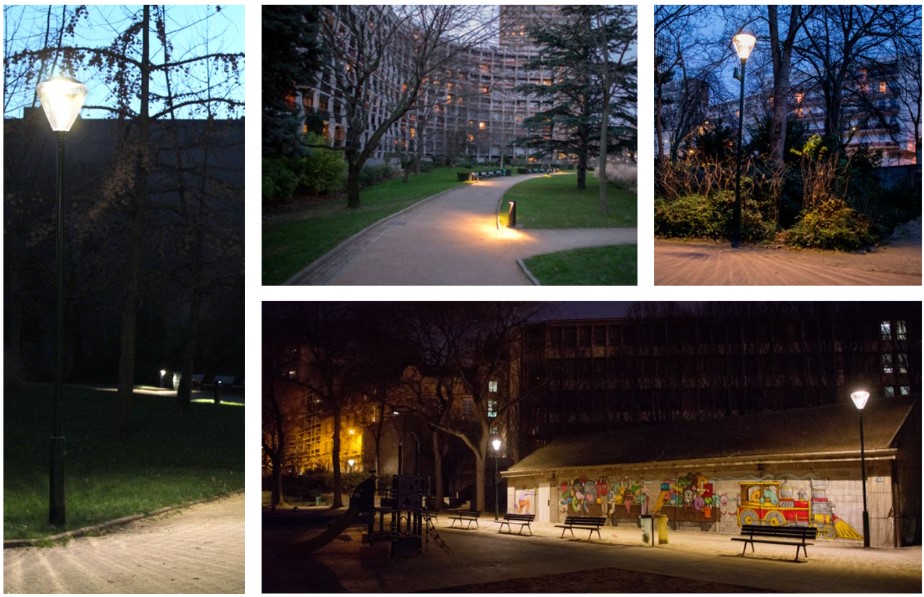
Raising Awareness, Changing a Culture
On a more practical level, addressing light pollution is also a question of constant vigilance, thorough implementation, and established working processes. For example, I say that I trY to minimize pollution in every project I take part in and that I do light calculations to figure out the appropriate level of light.
However, awareness and understanding about appropriate light levels is frequently an issue, I say. I give the example of a grocery store which wanted to have 45 lux as an average lighting level in a parking area next to one of its stores. “I advised them that to set it to 10 or 15 lux would be enough. They didn’t actually know why they wanted 45 lux,” I say.
She adds, “People say, ‘We want a lot of light!’ and so the engineers give it to them, to please their clients. We need to work with citizens and make them aware of the fact that less light does not necessarily mean less security.”
There are varying degrees of light and dark and often it is more a question of contrast. An example of a successful combination of awareness raising and reduction in light levels is the new lighting master plan of the City of Rennes, France. The city’s awareness-raising work with local inhabitants has helped smooth the way to reducing lighting levels across the city.
But it is not an easy process. “Every year, the technology gets better and better,” But it takes some time to change a culture.

Six Steps to Address Light Pollution
1- Defining the right amount of light is crucial: use standartsand enforce them in every development project.
Ensure that colleagues, city planners and decision makers are aware of light pollution and its effects.
2- Do you really need lights to be bright all night? Use intelligent lighting control systems, such as presence detectors, dimmers and timers to light only as required.
3- Lighting in a non-glary environment can be quite dim and still ensure the visibility of objects and possible threats: luminaires can include appropriate shields, so that light is pointed where needed.
4- Take into account the height of luminaires: tall posts can spread the light further, unnecessarily.
5- Choose lamps with an appropriate light spectrum: blue light which has shorter wavelength than red light scatters more easily into the atmosphere adding more pollution, and has more negative impacts on humans and animals.
6- Source independent expertise, rather than getting advice from people with a vested interest in selling certain products. The Impact of LEDs on light pollution
LEDs, besides having significant energy-saving potential, enable the application of more sophisticated lighting solutions and intelligent lighting technologies such as sensors and presence-detection that can help reduce light levels. In addition, LEDs have better cut-off which can make it easier to direct light where it is needed and minimize unwanted light.
However, some scientists fear that the light pollution problem could be exacerbated by the many LED street lighting retrofits currently being implemented. These often use LED lamps that are in the higher end of the colour temperature scale – blue light 4000K and above. Blue light at night is more disruptive to wildlife and human health than other kinds of light. It also scatters more easily into the atmosphere and adds more pollution. In addition, some believe that lower cost of LED lighting today may lead to unnecessary use of light.
It is crucial, therefore, that the use of LEDs is well thought out, and that cities not only take advantage of the adaptive lighting potential disruptive nature of LEDs in their development plans.


